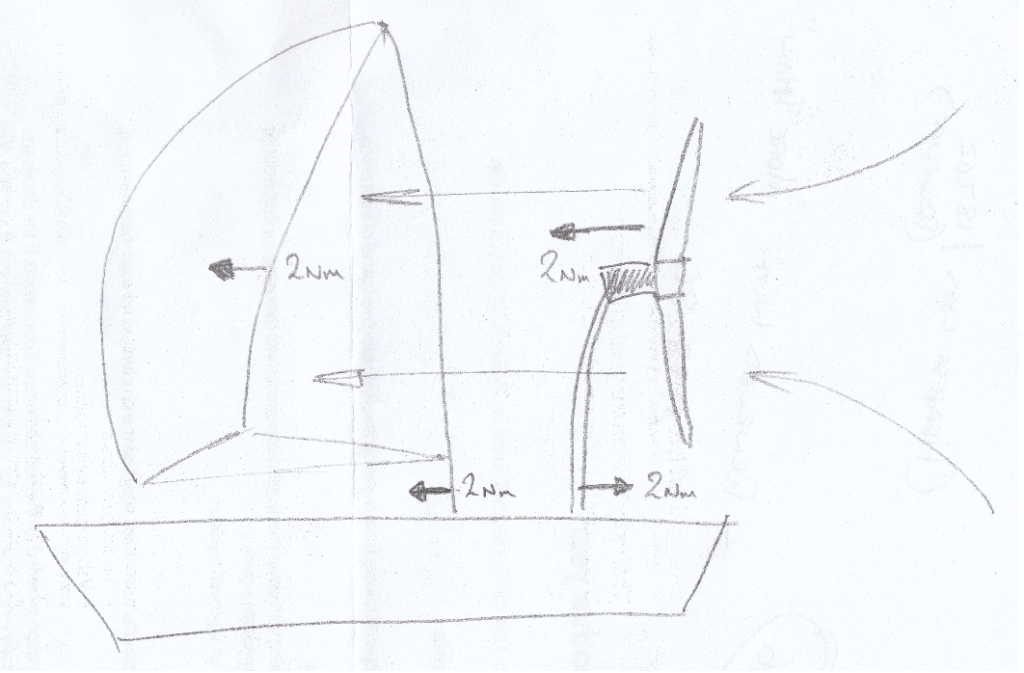As I said that depends on the question, in the traditional sense of how the sail works, then no it is not possible, as a smaller fan would prove.
The bee video with the helicopters is a much better test and with less variables and is what would happen in the boat under proper testing.
Genuine question but what would using a small fan prove? Surely its just the amount of "Wind" it can produce? They used a big fan as thats what is required to match the power of the wind. If there was very little wind then the boat wouldn't move forward the way that a small fan wouldn't be able to push it forward..



